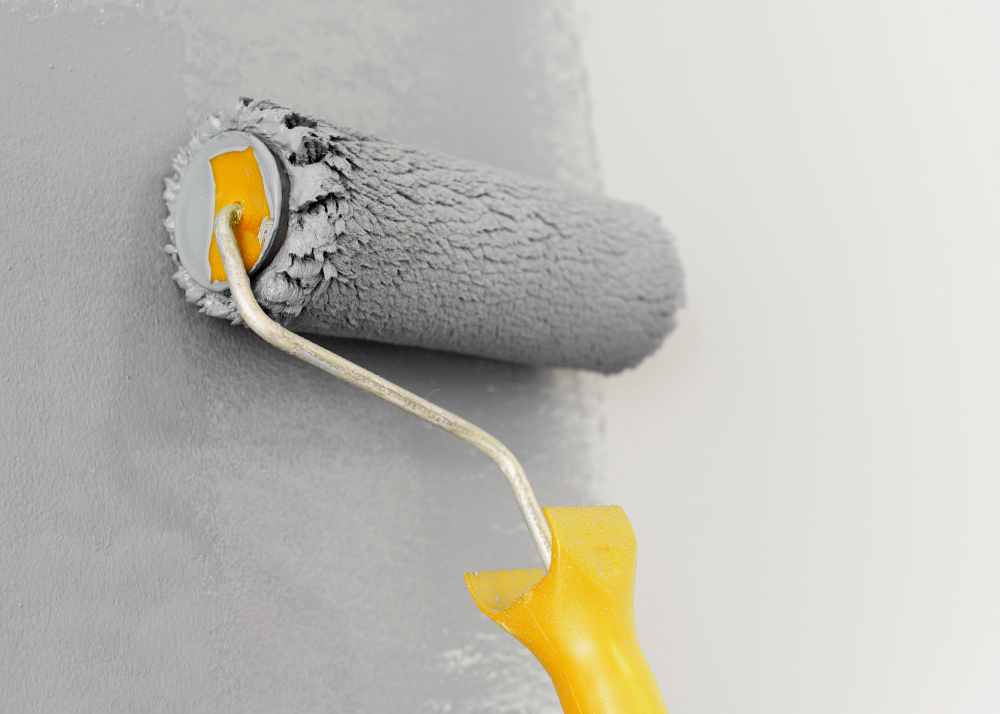Wall painting, a practice that dates back to prehistoric times, has evolved significantly through the ages, reflecting changes in culture, technology, and artistic expression. From the earliest cave paintings to contemporary murals, wall painting has served as a medium for storytelling, decoration, and cultural expression. This article explores the rich history and evolution of wall painting, highlighting key milestones and transformations.
Ancient Beginnings
The history of wall painting begins with the prehistoric cave paintings found in sites like Lascaux in France and Altamira in Spain. These early artworks, created around 20,000 years ago, depict scenes of hunting and daily life. The use of natural pigments like ochre and charcoal illustrates the early human desire to record and communicate experiences visually.
Classical Antiquity
In ancient Egypt, wall paintings adorned tombs and temples, depicting gods, pharaohs, and scenes of the afterlife. These paintings were highly symbolic and followed strict conventions. Similarly, in ancient Greece and Rome, frescoes became popular, especially in public buildings and villas. The discovery of Pompeii’s frescoes provides insight into the vibrant colours and intricate designs of this period.
Middle Ages and Renaissance
During the Middle Ages, religious themes dominated wall painting, especially in churches and cathedrals. The Byzantine style, with its gold backgrounds and flat figures, gave way to more naturalistic representations during the Renaissance. This period saw the rise of master painters like Michelangelo, whose Sistine Chapel ceiling remains a pinnacle of wall painting artistry.
Modern Era
The Industrial Revolution and the advent of new materials and techniques expanded the possibilities of wall painting. The 20th century saw the emergence of muralism as a significant art form, particularly in Mexico with artists like Diego Rivera. Murals became a tool for social and political commentary, depicting the struggles and aspirations of the people.
Contemporary Trends
Today, wall painting encompasses a diverse range of styles and techniques. Street art and graffiti have become mainstream, with artists like Banksy gaining international fame. Digital technology also influences contemporary wall painting, allowing for intricate designs and large-scale productions. Painters in Sydney, for example, incorporate both traditional and modern methods, contributing to the city’s vibrant urban landscape.
Cultural Significance
Wall painting continues to be a powerful form of cultural expression. In cities worldwide, including Sydney, murals and public art projects engage communities and beautify urban spaces. Painters Sydney play a crucial role in this movement, using their talents to reflect local culture and address social issues through their art.
From ancient cave paintings to modern murals, the evolution of wall painting reflects humanity’s enduring desire to communicate and decorate. The techniques and styles have changed, but the core purpose remains the same: to tell stories and transform spaces. Painters in Sydney, like their counterparts throughout history, contribute to this rich tradition, ensuring that wall painting remains a dynamic and evolving art form. Their work not only enhances the aesthetic appeal of their surroundings but also connects people through shared visual experiences.




